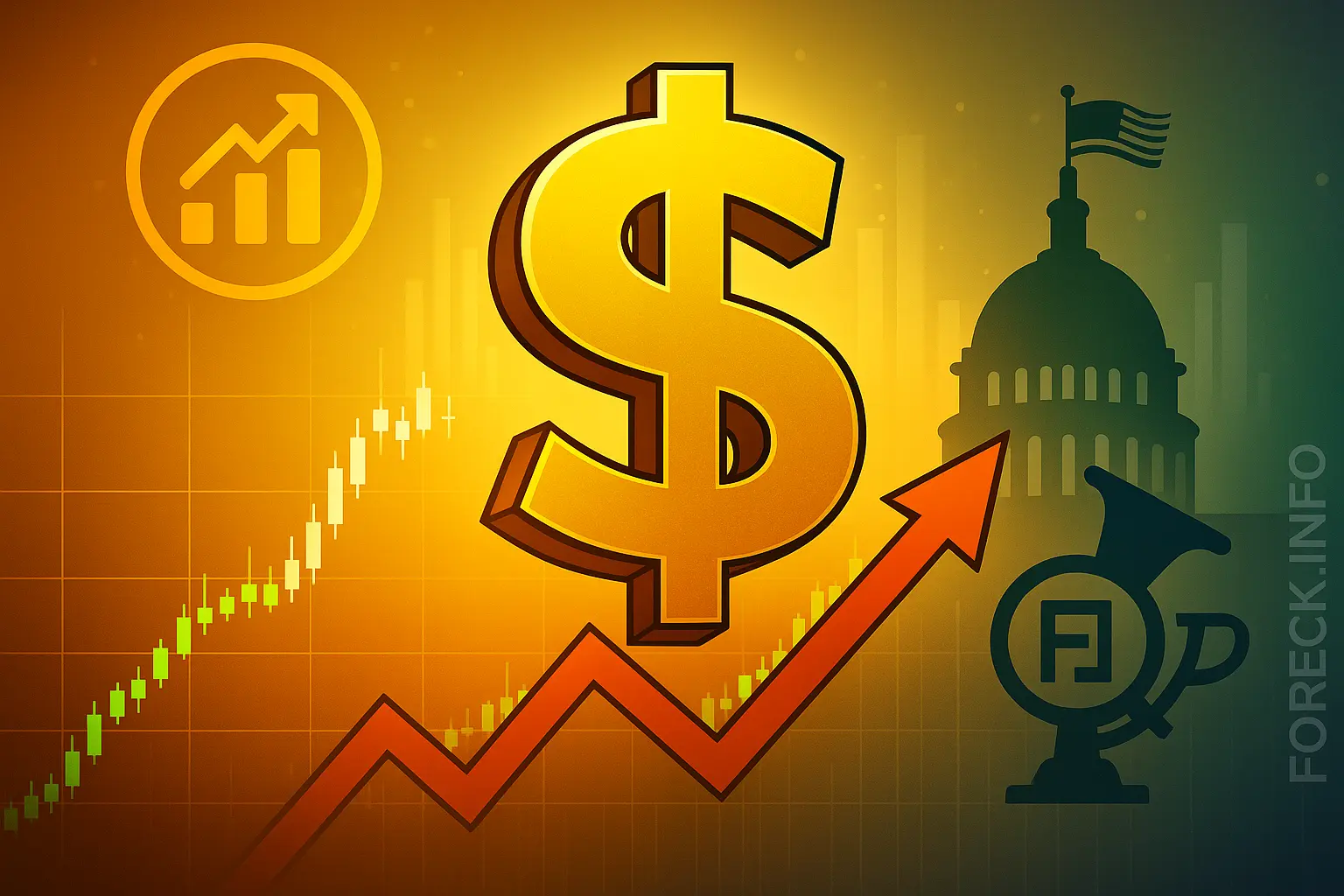The U.S. dollar displayed mixed performance against the euro, pound, and yen in Monday’s trading. Investor focus remains on President Donald Trump’s tax reform bill—proposing business tax cuts and higher government spending—which cleared a procedural Senate vote Saturday and returns to the House for further debate. While some experts see the stimulus supporting economic recovery, others warn that additional spending may exacerbate the budget deficit and trigger faster inflation. Meanwhile, Canada agreed to drop its 3% digital services tax—previously affecting firms like Alphabet, Meta, and Amazon—potentially boosting trade talks. Prime Minister Mark Carney confirmed Canada aims to reach a U.S. trade deal by July 21.
Eurozone
The euro strengthened against the pound, weakened versus the yen, and showed mixed movement against the U.S. dollar. Preliminary June inflation data from Germany saw the consumer price index ease from 0.2% to 0.1% month-over-month (vs forecast 0.3%), and from 2.1% to 2.0% year-over-year (vs 2.2%). Declines in energy (-3.5%) and food inflation (down from 2.8% to 2.0%) were offset by stable service prices (3.3%). These figures highlight softening inflation across the euro area and raise the probability of another ECB rate cut in September.
United Kingdom
The British pound lost ground against the euro and yen, but was mixed against the dollar. GDP data showed the UK economy grew 1.3% year-over-year and 0.7% quarter-over-quarter in Q1, matching analyst forecasts. Gains were driven by a surge in homebuyer activity before the end of tax incentives and increased production ahead of Trump’s planned import tariffs. However, the Bank of England expects second-quarter growth to slow to just 0.25%.
Japan
The Japanese yen gained against the euro and pound, with mixed performance versus the dollar. May industrial production rebounded from –1.1% to 0.5% month-over-month, missing expectations for 3.4%. Businesses anticipate further slowdown—production is projected to rise just 0.3% in June and contract by 0.7% in July as new U.S. tariffs take effect. This clouds the outlook for Bank of Japan policy tightening, though rising consumer prices mean policymakers are likely to continue adjusting rates gradually.
Australia
The Australian dollar advanced against the pound and traded mixed versus the euro, yen, and dollar. Mortgage lending in May grew 0.5%, while private sector lending slowed from 0.7% to 0.5%. Stable credit metrics support speculation that the Reserve Bank of Australia could soon ease policy. Tomorrow brings June manufacturing PMI data—expected to hold at 51.0—signaling continued sector recovery and lending support to the currency.
Oil Market Outlook
Oil prices made modest gains but remain under pressure following the Israel-Iran ceasefire and stabilized Middle East tensions, which have reduced fears of supply disruptions. Uncertainty over future Fed policy also hangs over the market as President Trump eyes replacing Jerome Powell with a more dovish Fed chair. The upcoming July 6 OPEC+ meeting could approve a 411 million barrel increase in August quotas, a move likely to pressure oil prices. According to a Reuters survey, economists expect Brent crude to average $70.80/bbl and WTI $67.50/bbl in 2025.

